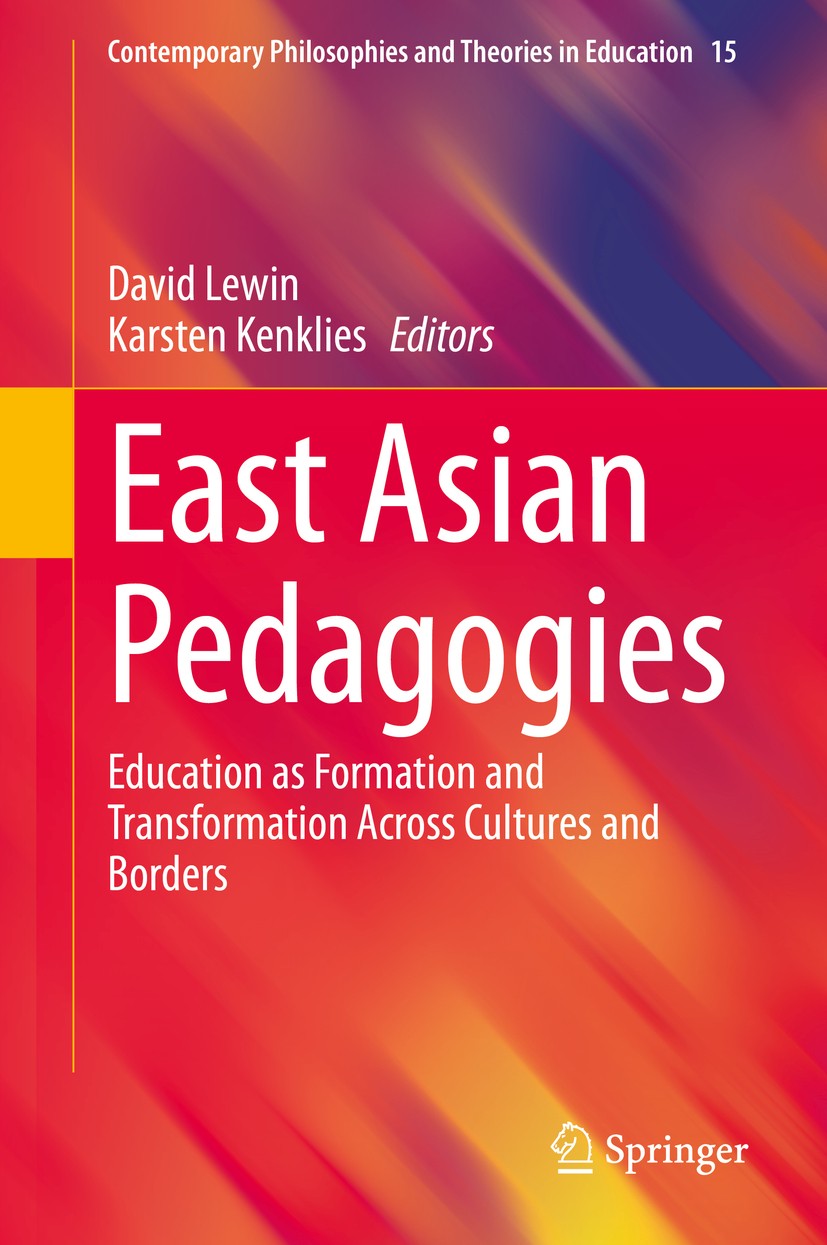| 书目名称 | East Asian Pedagogies |
| 副标题 | Education as Formati |
| 编辑 | David Lewin,Karsten Kenklies |
| 视频video | http://file.papertrans.cn/301/300970/300970.mp4 |
| 概述 | Comparatively addresses the philosophical underpinnings of educational formation in Eastern and Western traditions.Demonstrates the relevance of a broad notion of education that is not restricted to f |
| 丛书名称 | Contemporary Philosophies and Theories in Education |
| 图书封面 |  |
| 描述 | This book opens up philosophical spaces for comparative discussions of education across ‘East and West’. It develops an intercultural dialogue by exploring the Anglo-American traditions of educational trans-/formation and European constructions of Bildung, alongside East Asian traditions of trans-/formation and development. Comparatively little research has been done in this area, and many questions concerning the commensurability of North American, European and East Asian pedagogies remain. Despite this dearth of theoretical research, there is ample evidence of continued interest in (self-)formation through various East Asian practices, from martial arts to health and spiritual practices (e.g. Aikido, Tai Chi, Yoga, mindfulness etc.), suggesting that these ‘traditional’ practices and pedagogical relations have something important to offer, despite their marginal standing in educational discourse. This book will appeal to all researchers and students of comparative education studies with an interest in issues of interpretation and translation between different traditions and cultures.. |
| 出版日期 | Book 2020 |
| 关键词 | Traditions of pedagogy; Bildung; Eastern traditions of education; Western traditions of education; Forma |
| 版次 | 1 |
| doi | https://doi.org/10.1007/978-3-030-45673-3 |
| isbn_softcover | 978-3-030-45675-7 |
| isbn_ebook | 978-3-030-45673-3Series ISSN 2214-9759 Series E-ISSN 2214-9767 |
| issn_series | 2214-9759 |
| copyright | Springer Nature Switzerland AG 2020 |
 |Archiver|手机版|小黑屋|
派博传思国际
( 京公网安备110108008328)
GMT+8, 2025-11-13 19:16
|Archiver|手机版|小黑屋|
派博传思国际
( 京公网安备110108008328)
GMT+8, 2025-11-13 19:16


